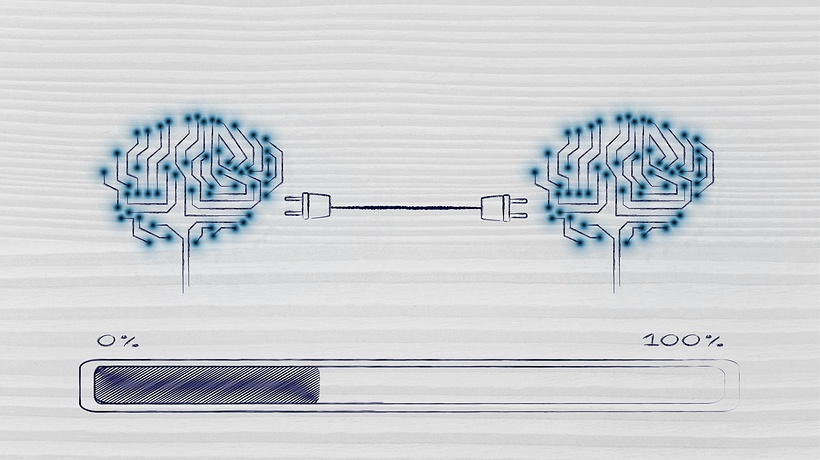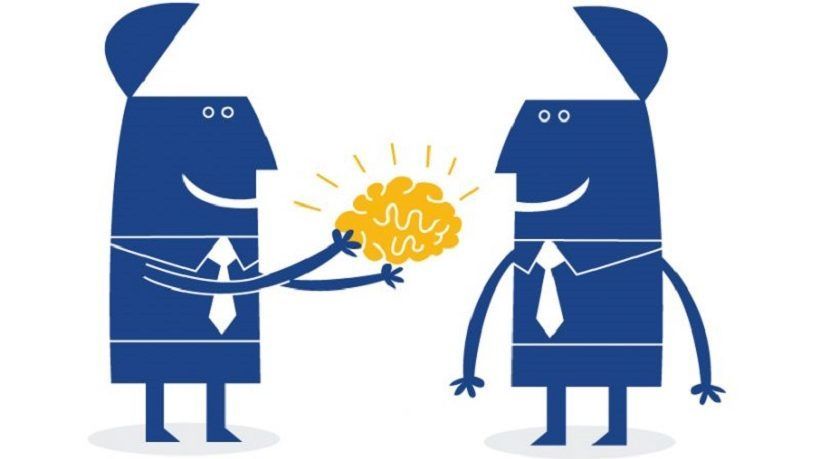How To Improve Knowledge Transfer In eLearning
Knowledge is one of the most valuable gifts that you can offer your online learners. It allows them to overcome everyday obstacles, achieve their goals, and fulfill their lifelong dreams. Simply put, knowledge is a powerful thing that breaks down barriers. The question is how do you give online learners the knowledge that is there for them? Here are the 8 top tips for improving knowledge transfer in your eLearning course.
1. Create Detailed Task Breakdowns
General overviews can improve comprehension. However, online learners typically need a step-by-step guide to complete the task. Task breakdowns allow them to see the skills, sub-tasks, and tools that are necessary for the process. Carefully analyze the task through workplace observations and surveys. Dissect every part of the process in order to create a clear and concise online tutorial for your online learners. This also gives them the ability to master each step of the task before moving onto the next. Task breakdowns are crucial for eLearning development, as they serve as the building blocks for eLearning activities and assessments. You need to know every stage of the process before you can design effective eLearning walkthroughs and tutorials.
2. Incorporate Realistic eLearning Simulations And Branching Scenarios
Realism and practical application are at the center of knowledge transfer. Online learners must know why they learn the information and how to use it in the real world. Otherwise, they won't be able to put it into context or form a meaningful connection with the subject matter. One of the most effective ways to enhance the realism and relatability of your eLearning course is using eLearning simulations and branching scenarios. These interactive eLearning exercises immerse online learners in everyday situations and eLearning environments so that they can put their knowledge to use. As a result, they are able to reinforce key concepts and gain real-world experience.
3. Use Mistakes As Learning Opportunities
Many online learners have a genuine fear of failure that prevents them from actively engaging in the learning process. If they don't participate then they can't make mistakes. However, this is doing themselves a great disservice because errors are just opportunities in disguise. You can encourage mistake-driven learning by using incorrect answers and learning behaviors as learning opportunities. Provide immediate, personalized feedback that highlights areas for improvement. Recommend supplemental eLearning modules or courses that can help them improve their understanding. You can even create case studies based on their peers' mistakes so that they can learn from others.
4. Create A Microlearning Online Repository
Bite-sized eLearning activities, assessments, and course content make information easily digestible. Online learners have the opportunity to absorb and assimilate each topic before progressing to the next. Create a microlearning online repository that learners can access whenever it's most convenient or during their "moment of need." They are more likely to remember the concepts and ideas when they pertain to everyday challenges. For example, the information they need to complete a work-related task or achieve a personal goal. eLearning videos, serious games, infographics, and demos are just some of the microlearning online resources to add to your online resource library.
5. Host Regular eLearning Events
eLearning events are engaging, interactive, and collaborative. Online learners have the ability to ask questions and share ideas with their peers and instructors. As a result, they can clarify misunderstandings and improve their comprehension. Webinars are also one of the most direct forms of knowledge transfer. Peers have the power to share their experience and expertise with others, even if they are thousands of miles away. To enhance the benefits of your eLearning event, create complementary eLearning activities and assessments to reinforce core ideas. For example, encourage online learners to participate in a branching scenario or eLearning simulation before the eLearning event. Then ask questions to gauge their progress and fill the gaps.
6. Encourage Knowledge-Sharing Through Online Communities
Asynchronous learners are not in constant contact with their peers and online instructors. As such, they may not have the ongoing support they need to achieve their learning goals. Fortunately, online learning communities can provide them with the peer-based resources they require. Other online learners might even facilitate the knowledge transfer process by sharing their unique insights. Set up on an eLearning forum where online learners can gather, provide feedback, and address their concerns. Social media groups are another great online collaboration platform. For instance, closed Facebook groups that allow online learners to post resource links, leave comments and share valuable tips.
7. Develop An Online Mentorship Program
There are situations that call for more personal peer guidance. Mentoring offers online learners the chance to exchange information and experiences. Divide online learners into pairs or small groups and provide them with some basic guidelines. To avoid conflict and confusion, create a conflict resolution strategy and ensure that online learners have similar interests. You should also provide a list of online resources they can use to achieve their personal objectives. In addition, create a mentorship support group where individuals can discuss common concerns.
8. Assess Online Learners On A Regular Basis
eLearning assessments are essential learning tools. They identify strengths and weaknesses so that online learners can create actionable goals. But they also serve as knowledge transfer indicators. This is particularly true for interactive eLearning assessments that gauge practical knowledge, such as eLearning simulations and branching scenarios. Not only do they test how much an online learner knows, but how well they can use the information in real-world settings. Lastly, eLearning assessments allow online learners to review their newfound knowledge so that they can commit it to long-term memory.
It's important to distinguish data and information from knowledge. Knowledge can only be acquired when information is successfully absorbed and assimilated. Thus, you need to do more than just offer information. You need to ensure that it sticks and becomes part of the online learner's mental schemata.
Memory is an integral part of the knowledge transfer process. Read the article Enhancing Working Memory: 6 Strategies For eLearning Professionals to discover some strategies that can help you enhance working memory in eLearning.









